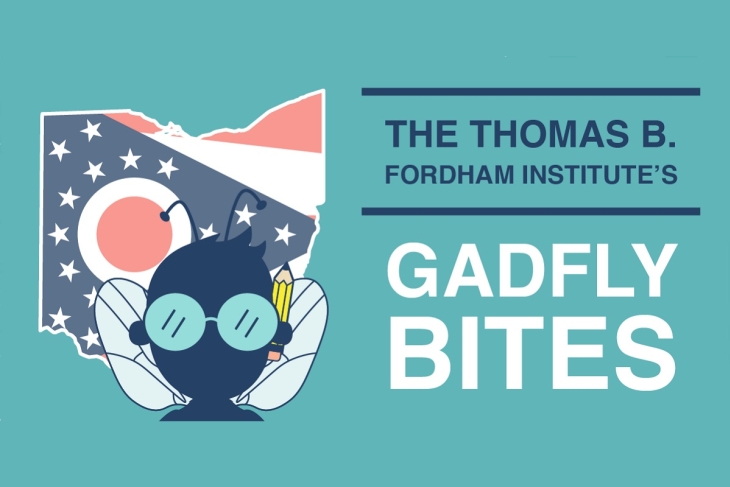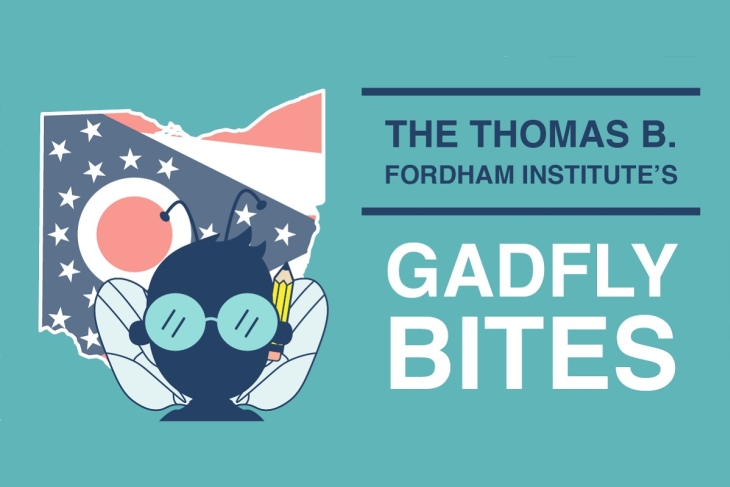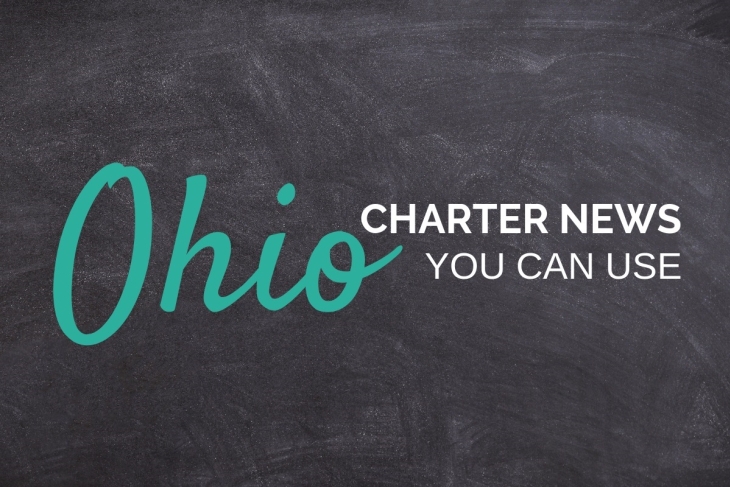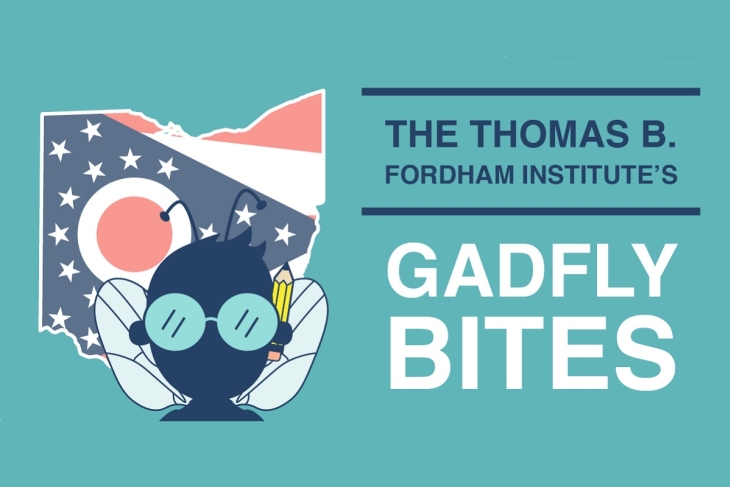As policymakers grapple with pandemic-induced learning loss across the country, intensive tutoring has emerged as a promising solution. Studies show that working with a tutor can help students make up three to fifteen months of learning, and that this intervention is especially effective for students from low socioeconomic backgrounds. This explains why policymakers have funneled millions of Covid-19 relief dollars into establishing and maintaining tutoring programs nationwide. But tutoring a handful of students is different than tutoring the masses—and many districts have struggled to scale their programs to meet the unprecedented demand.
That is why now, as pandemic relief funds dry up, researchers have begun evaluating ways to make tutoring a more sustainable endeavor. One such recent analysis comes from Matthew A. Kraft and Virginia S. Lovison of Brown University.
With the hope of reducing the per-pupil costs of tutoring, they investigate whether small-group virtual tutoring sessions can be as effective as working one-on-one with an online tutor. Their data comprise 180 sixth through eighth graders in Grand Forks, North Dakota, who had not yet met grade-level expectations in math. Participating students were randomly assigned to either 1:1 online tutoring sessions or 3:1 sessions with peers who needed support in the same content area. The majority of tutors (58 percent) led both group and individual sessions, while 29 percent conducted individual tutoring only and 13 percent worked only with groups of students. Tutoring was held during school hours and over a ten-week period.
To assess the impacts of the sessions on students, Kraft and Lovison used two evaluative methods: standardized math tests taken by students before and after completing the program and a survey offered to every participating tutor. When reviewing the tests, the researchers looked at both student achievement and growth—and survey data were analyzed within a regression framework with tutor fixed effects to capture average differences in responses regarding 1:1 versus 3:1 tutoring.
Ultimately, their analysis offers little support for small-group tutoring. Students’ test scores showed that individual tutoring accelerated growth in math by an additional 8 percentile points compared to 3:1 tutoring. Tutors’ survey responses reaffirmed this less-than-ideal outlook. Of the eighty-six tutors who completed the questionnaire, 88 percent judged 1:1 to be the most productive student-tutor ratio for online sessions, as tutors can more effectively personalize learning experiences, build relationships, ramp up pacing, and create welcoming environments in this setting.
Some survey responses did note positive attributes of small-group tutoring. For example, certain tutors suggested that these sessions allow for unique instructional strategies—like team activities and collaborative exercises—and that some students benefited from hearing explanations of challenging concepts from their peers.
The study lacked a pure control group, which limits what the researchers can definitively conclude about the efficacy of online tutoring in small groups and its relative cost-effectiveness. But Kraft and Lovison’s findings nevertheless suggest that schools cannot simply increase student-to-tutor ratios without sacrificing some level of student progress—meaning that policymakers hoping for a silver-bullet solution to tutoring’s scalability issues may need to keep searching.
SOURCE: Matthew A. Kraft and Virginia S. Lovison, “The Effect of Student-Tutor Ratios: Experimental Evidence from a Pilot Online Math Tutoring Program,” Annenberg Institute for School Reform at Brown University, EdWorkingPapers (June 2024).











